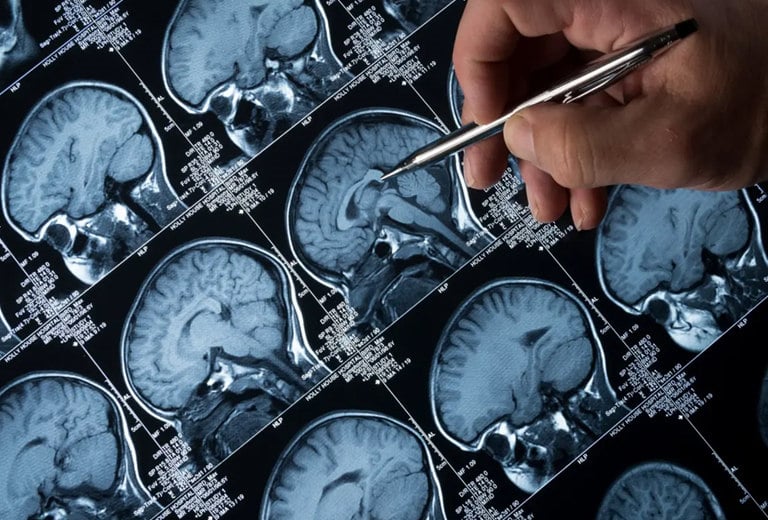Did you know…?
Recommendations for avoiding traffic accidents

9 results
Viral conjunctivitis and road safety
Learn more about Conjunctivitis Viactivitis and road safety tips related to this disease. Visit Fundación MAPFRE for more tips about road safety.
Drugs and driving – zero tolerance
Drugs, recreation and driving is a potentially lethal combination. Around 23% of drivers under the age of 30 who die in road accidents have taken drugs.
Epilepsy. A medical assessment is crucial to be able to drive
According to the Spanish Epilepsy Federation is a chronic illness affecting the central nervous system. For more details visit our site Fundación MAPFRE.
Z-drugs and driving
Today, traffic accidents related to the use of prescription drugs are one of the main public health problems in developed countries. More detais here.
Sports injuries and muscle relaxants
Learn more about sports injuries and interference with road safety tips. For more details about road safety tips visit Fundación MAPFRE.
Stings from jellyfish tentacles
The jellyfish venom suspended in the waters, caused at least ten people to seek medical help at the lifeguard station on the Saler beach. More details here.
Hives caused by exposure to the Pine Processionary Caterpillar
Learn more about symptoms and treatment of Caterpillar stings. For more details about road safety tips tips visit our site Fundación MAPFRE.
Movement disorders
Learn more about movement disorders (parkinson’s Disease). For more details about road safety tips and doctors tips visit pour site Fundación MAPFRE.
Anxiety and insomnia
Learn more about treatment with benzodiazepines and interference with road safety tips. For more details about road safety tips visit Fundación MAPFRE.









